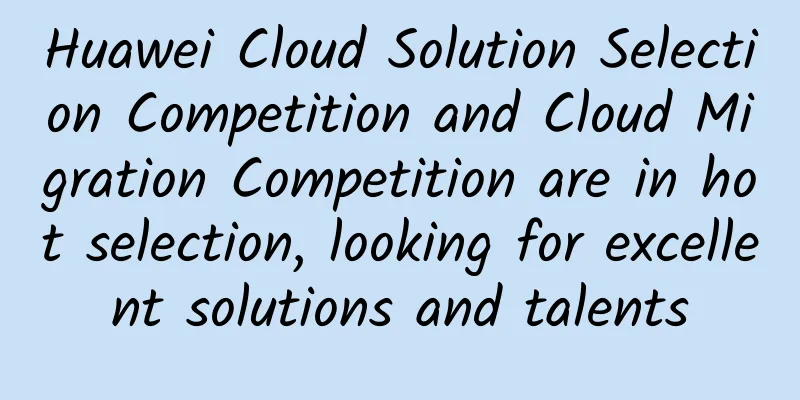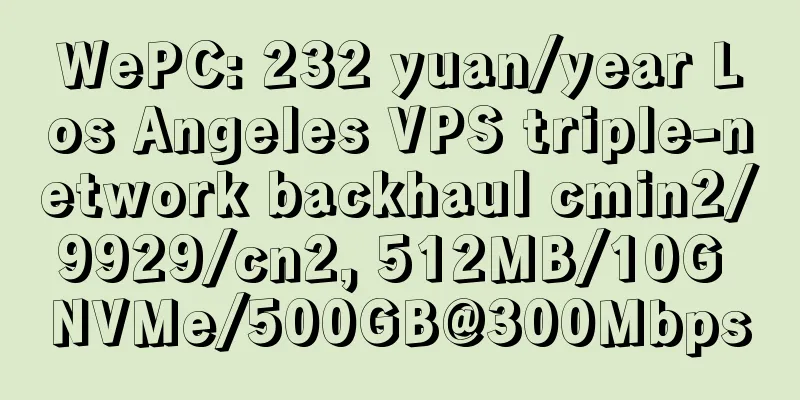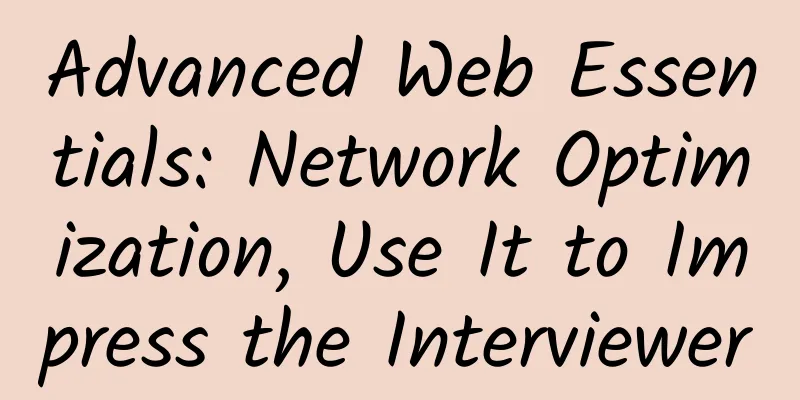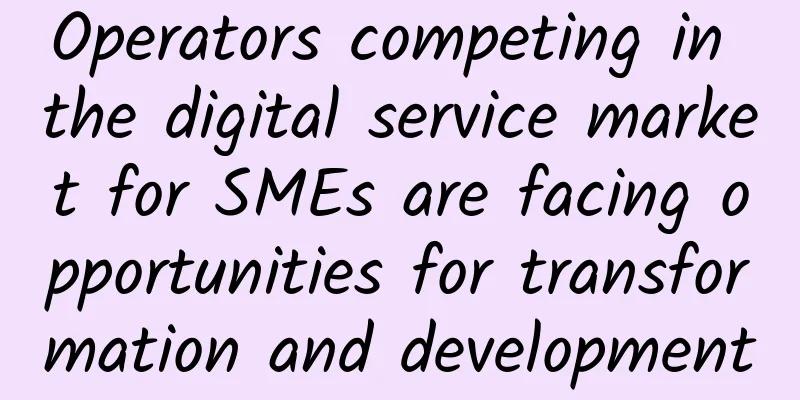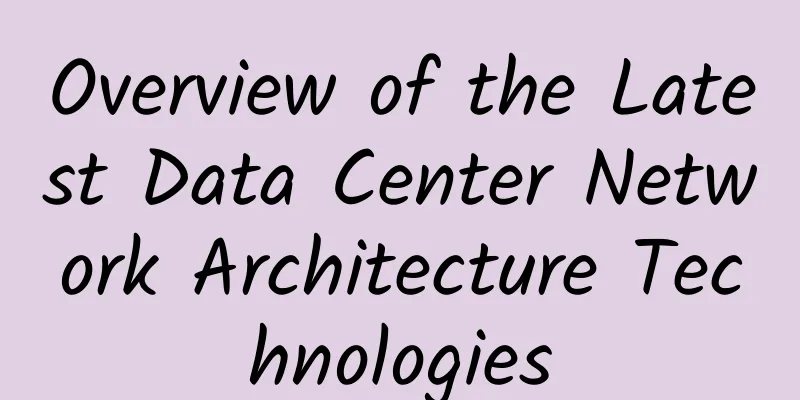The Industrial Internet of Things is coming in full force. Wind River shows you how to keep the industrial control system “on track”
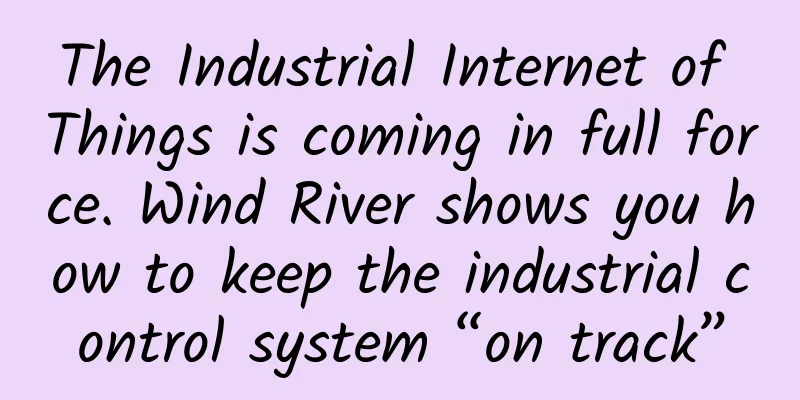
|
[51CTO.com original article] "Stable and reliable" has always been the most prominent label of industrial control systems. However, with the increasing popularity and deepening of technologies such as the Internet of Things and cloud computing, the stability, security, and reliability of industrial control systems have also ushered in considerable pressure and challenges. So, in a series of changes such as factory machine replacement, equipment Internetization, and intelligent production, what innovations should industrial control systems make to provide better support for digital transformation? Recently, 51CTO reporter interviewed Dr. Lizheng Fu, Director of Technology Applications for Asia Pacific Region of Wind River Corporation. Dr. Fu shared with the reporter the many challenges and changes in industrial control systems observed by Wind River, as well as his thoughts on future development trends. Many of his views have very good reference significance and reference value for the development and optimization of industrial control systems. Traditional industrial control systems are difficult to adapt to the Industrial Internet of Things "The replacement cycle of industrial equipment is much longer than the life cycle of electronic products. Take the automotive industry as an example. On the production line, the chassis of a car often has a life cycle of more than ten years and changes slowly, but the electronic systems on the car often iterate rapidly with demand. The same is true for aircraft. A model often serves for decades, but the aircraft avionics system is constantly upgraded." Dr. Fu explained that for this reason, when the industrial manufacturing industry enters the Internet era, a large number of traditional equipment will not be replaced because of the advent of the Internet of Things. They will continue to be used, and the updates and changes will mainly be control systems related to networking and intelligence. Unfortunately, traditional industrial control systems cannot adapt well to the Internet of Things, nor can they use cloud computing technology to reshape value. Dr. Fu Lizheng admitted that traditional industrial control facilities cannot effectively access data in multiple systems, which seriously limits the efficiency of data use. In addition, as continuous system maintenance and upgrades become increasingly complex and costs continue to rise, traditional industrial control systems are gradually coming to an end in many fields. Wind River, a leading global provider of IoT software, is keenly aware of these issues and has taken the lead in launching products that not only allow device data to be collected and transmitted to the cloud, but also to be entered into the management system, improving device operational efficiency while reducing operation and maintenance costs. Wind River then launched the Titanium Control industrial IoT virtualization platform, designing a new generation of local cloud platform systems for the industrial automation market. Titanium Control is born at the right time Dr. Fu Lizheng revealed that the Titanium Control platform technology was born out of the telecom operator market and has been optimized for industrial customers. Since the telecom industry has to transmit massive amounts of data, it has very stringent requirements for the stability, security, ease of use, and high throughput of network transmission performance. Wind River's product is based on general hardware equipment, which is not only highly available, but also highly stable and has met the needs of telecom operators. Wind River's industrial customers noticed that this product, which was originally launched for telecom operators, was very suitable for the industrial field, so they suggested that Wind River make differentiated adjustments to the product to meet the special needs of the industry and promote it in the industrial field. Sure enough, once Titanium Control was launched, it was quickly recognized by a large number of industrial customers. The reason why Titanium Control shines in the field of industrial control systems is mainly because it caters to the new changes in the era of industrial Internet of Things. When traditional industrial equipment enters the Internet of Things, the amount of data grows exponentially, and the demand also surges, under the premise that the technology is already supported. Therefore, it is very important to collect data, manage data, and make data serve applications. The value of Titanium Control lies in the reconstruction of a local cloud infrastructure for key services and applications that can support deployment in factory workshops, and large-scale virtualization and cloudification of applications, which not only improves system agility, but also reduces operation and deployment costs. What are the characteristics of Titanium Control? Dr. Fu Lizheng summarized three characteristics. The first is that it is based on an open and standardized hardware platform. The second is that the platform takes into account both stability and availability. This is beyond doubt because Titanium Control used to serve telecom operators, and 6 9s performance is the standard of Wind River. The third is that it is extremely secure. Dr. Fu told reporters that security actually has three meanings. The first is that the product functions are reliable. The second is that the platform has protection capabilities when it encounters hacker attacks. The last is that the system itself will not endanger the security of other related systems while providing extremely high performance. Helping machines make decisions faster and better When talking about Wind River's development plans in the fields of cloud computing and the Internet of Things, Dr. Fu Lizheng said that Wind River's traditional core advantage lies in the operating system. The biggest challenge facing the industry at this stage is cloud computing, and how to combine the Internet of Things and cloud computing well. He told reporters that cloud computing and the Internet of Things are actually different aspects of the same thing. In the final analysis, it is to make decisions with the help of intelligent systems so that machines have human decision-making capabilities. What Wind River has to do is to allow the operating system to support application software in making decisions, and let smart devices make decisions based on data and algorithms. "From the perspective of human expectations, artificial intelligence is just in its infancy, but from the perspective of computer science, it has been around for decades and has accumulated a lot of results that are in the hands of certain companies. Wind River is one of them." Dr. Fu Lizheng also told reporters that large data centers have very rich computing resources and data resources, which can be used for decision-making in the Internet of Things. For example, Wind River has a product called Wind River Simics, which includes a cloud virtual laboratory, which can simulate a device with the system. "In the past, when developing a system, developers had to get the actual device before they could develop. But if there is already a virtual device in the cloud, developers can use the language to develop in advance and create supporting software. For example, chip manufacturers provide virtual chips in the cloud, so when downstream manufacturers develop software, they can develop based on it in advance, without having to wait until the physical product is produced, which can save a lot of time." It is understood that Wind River has a lot of virtual devices in the cloud, and the ecosystem is relatively complete. Many chip manufacturers and circuit board manufacturers use Wind River's third-party language to describe equipment for other ecological partners to develop in advance, or debug after development in the virtual laboratory, and troubleshoot after delivery. Everyone collaborates on the Wind River platform, which greatly improves production efficiency. [51CTO original article, please indicate the original author and source as 51CTO.com when reprinting on partner sites] |
<<: Four predictions for SD-WAN in 2018
>>: Talking about my cold thoughts on SD-WAN on the crater
Recommend
In the F5G era, home broadband is moving towards Gigabit. Don’t let the optical modem hold you back.
Mobile networks have entered the 5G era, and thei...
Huawei Receives "Excellent" Certification for Technical Support from TSIA, the Technical Services Industry Association
[Shenzhen, China, November 4, 2019] Recently, at ...
The concept and installation plan of network bridge and wireless bridge
What is a bridge A bridge is like a smart repeate...
There is no optical communication without optical modules, is it true?
Over the past 100 years, human beings have develo...
MoeCloud Anniversary: 30% off down payment for KVM on CN2 line in London/San Jose, 15% off permanently
MoeCloud is a Chinese VPS hosting company establi...
5G and AI Use Cases - How 5G Helps Implement Artificial Intelligence
Michael Baxter says 5G will unlock the potential ...
Riverbed is your smarter choice to accelerate your business with the power of digital experience management
[Original article from 51CTO.com] In the context ...
Laying the foundation for digital finance | H3C launches S12500G-EF, a new generation of green smart switches
On April 25, New H3C Group, a subsidiary of Tsing...
Getting started with SD-WAN, just read this article
In 2019, the global market for SD-WAN grew by 70%...
NVIDIA Launches New Spectrum-X Networking Platform to Provide High-Performance Network Solutions for Generative AI
With the popularity of generative AI, most compan...
The lingering troubles of Apple computers! How to make them compatible with USB flash drives and mobile hard drives
[[348358]] Many friends who use Apple computers o...
Yecao Cloud Labor Day Promotion: Hong Kong BGP line VPS special price from 88 yuan per year, Hong Kong dedicated server from 199 yuan/month
Yecaoyun has already started the Labor Day promot...
The U.S. military attaches great importance to it! 5G private network is about to be implemented at the U.S. Navy base
Recently, Hughes Network Systems (Hughes) announc...
VPSMS Mid-Autumn Festival Promotion: VPS monthly payment 38% off quarterly payment 32% off, Los Angeles CN2 GIA line monthly payment starts from 53 yuan
VPSMS is shared in the blog for the first time. I...
What is OSI model?
Today I tweeted some thoughts about how the OSI m...

